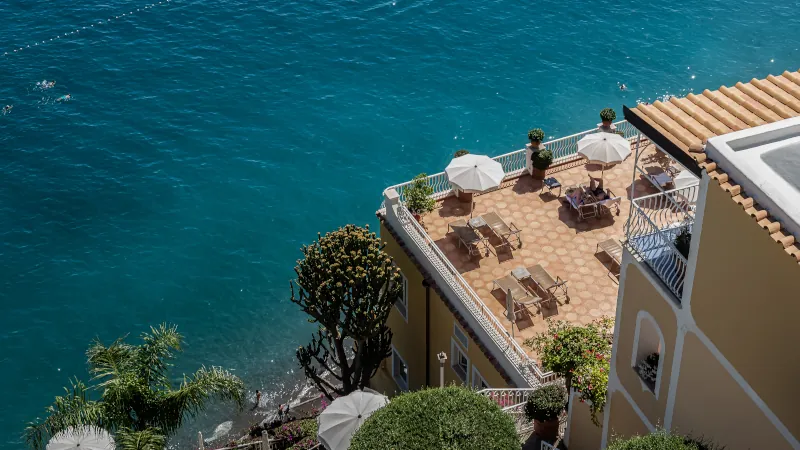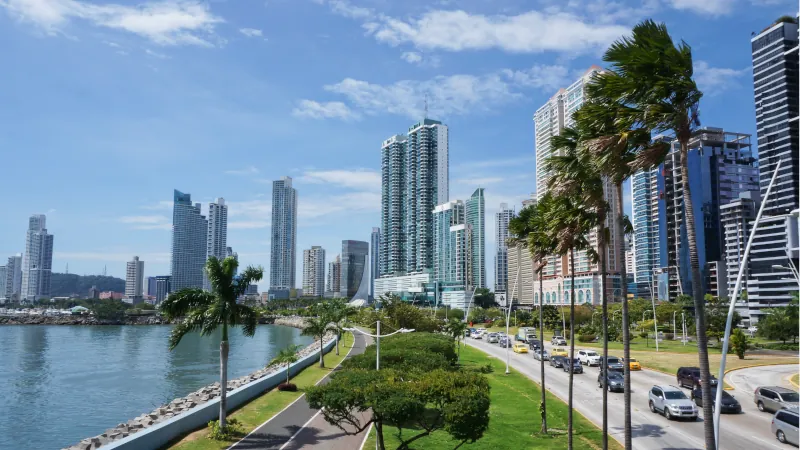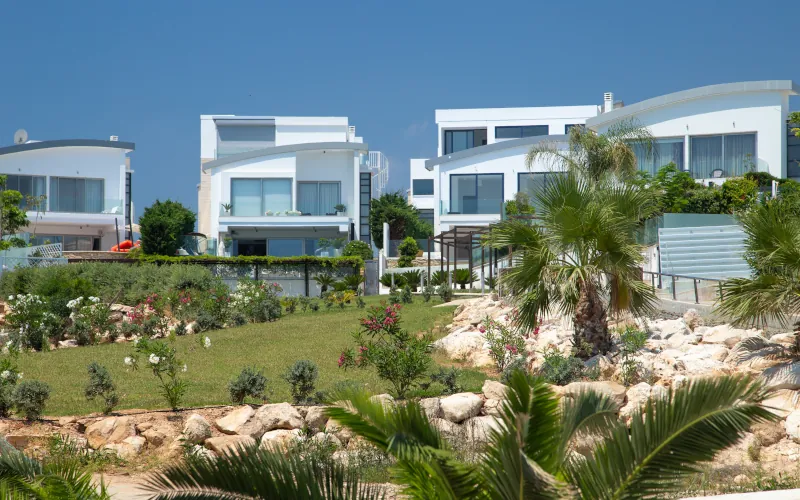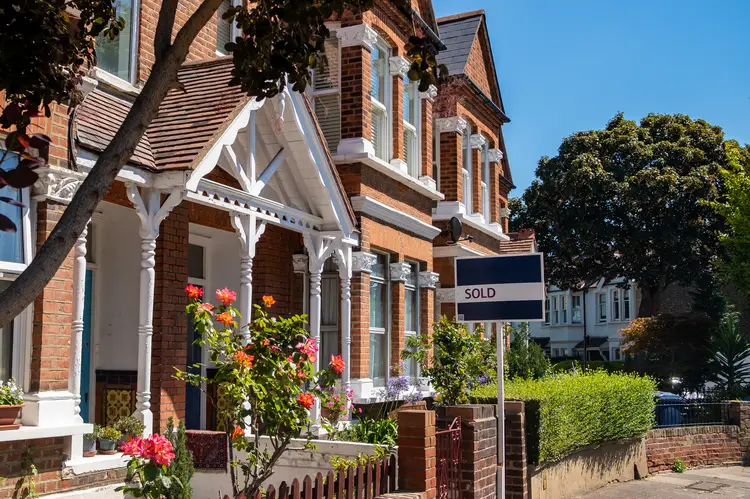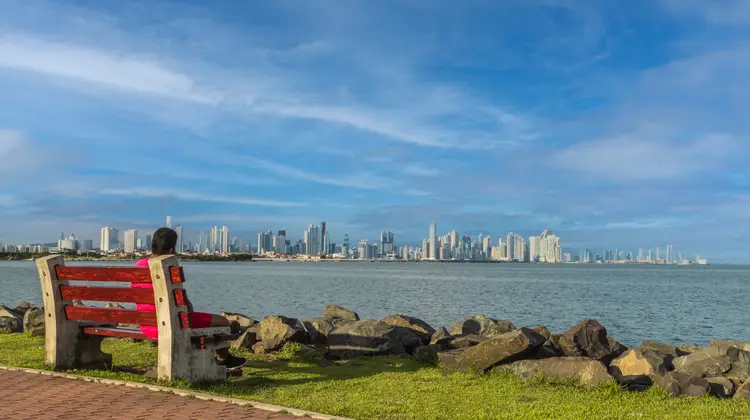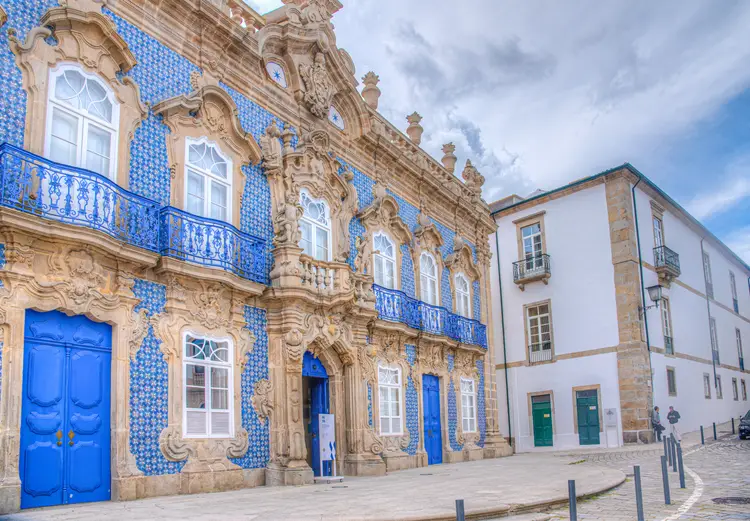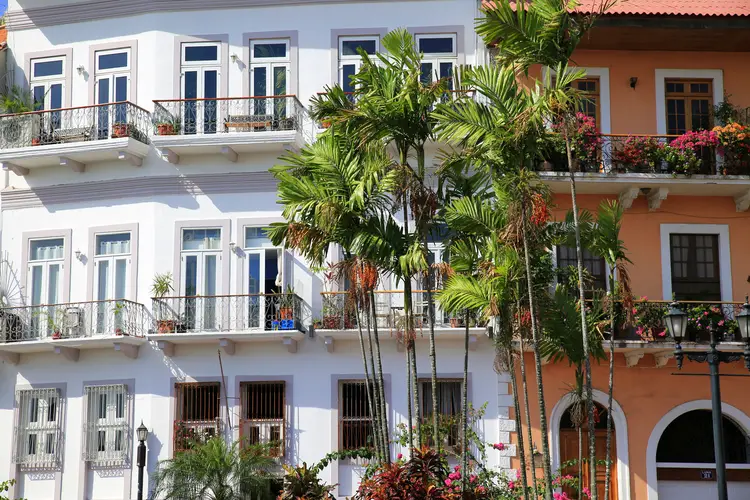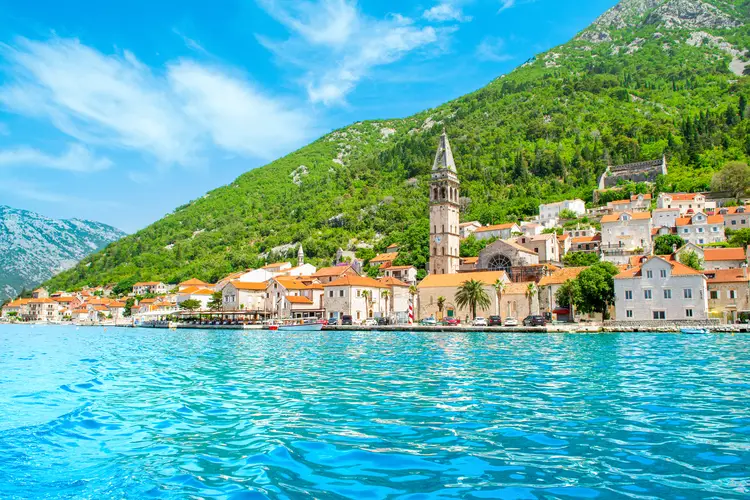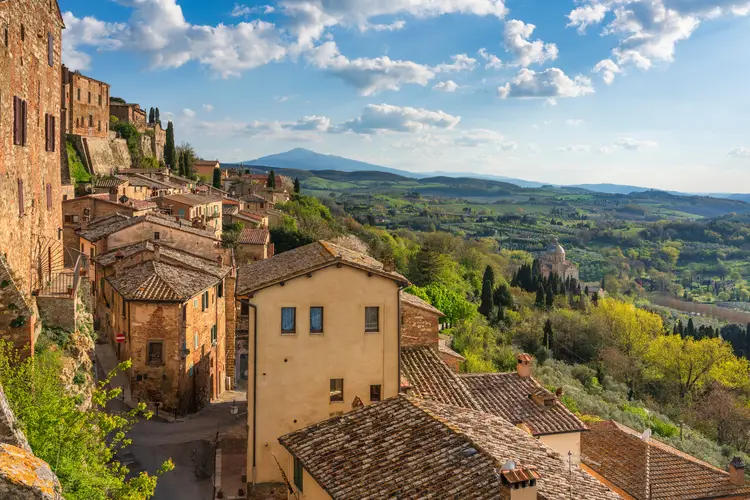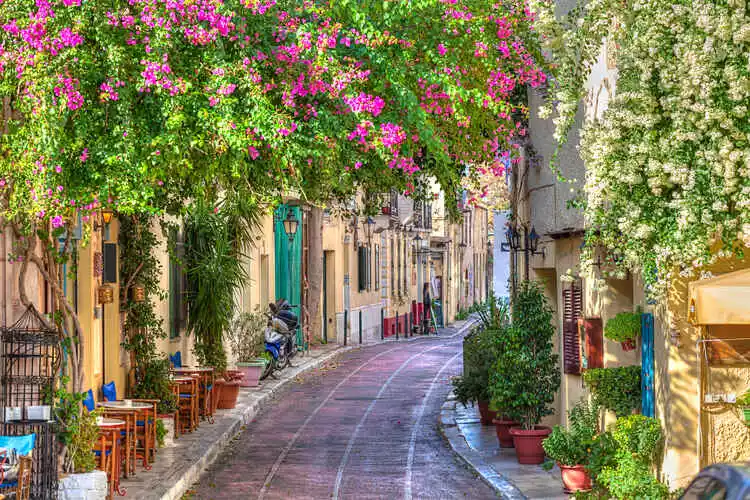3 Ways To Finance An Overseas Property Purchase
Wanting a vacation house or investment property in another country is one thing. Being able to afford it is another. The good news is that in desirable locations around the world—sun-kissed Mediterranean islands and colorful Spanish-colonial cities—the cost of property is a fraction of what you might expect. That said, cash purchases are the norm […]
3 Ways To Finance An Overseas Property Purchase Read More »

